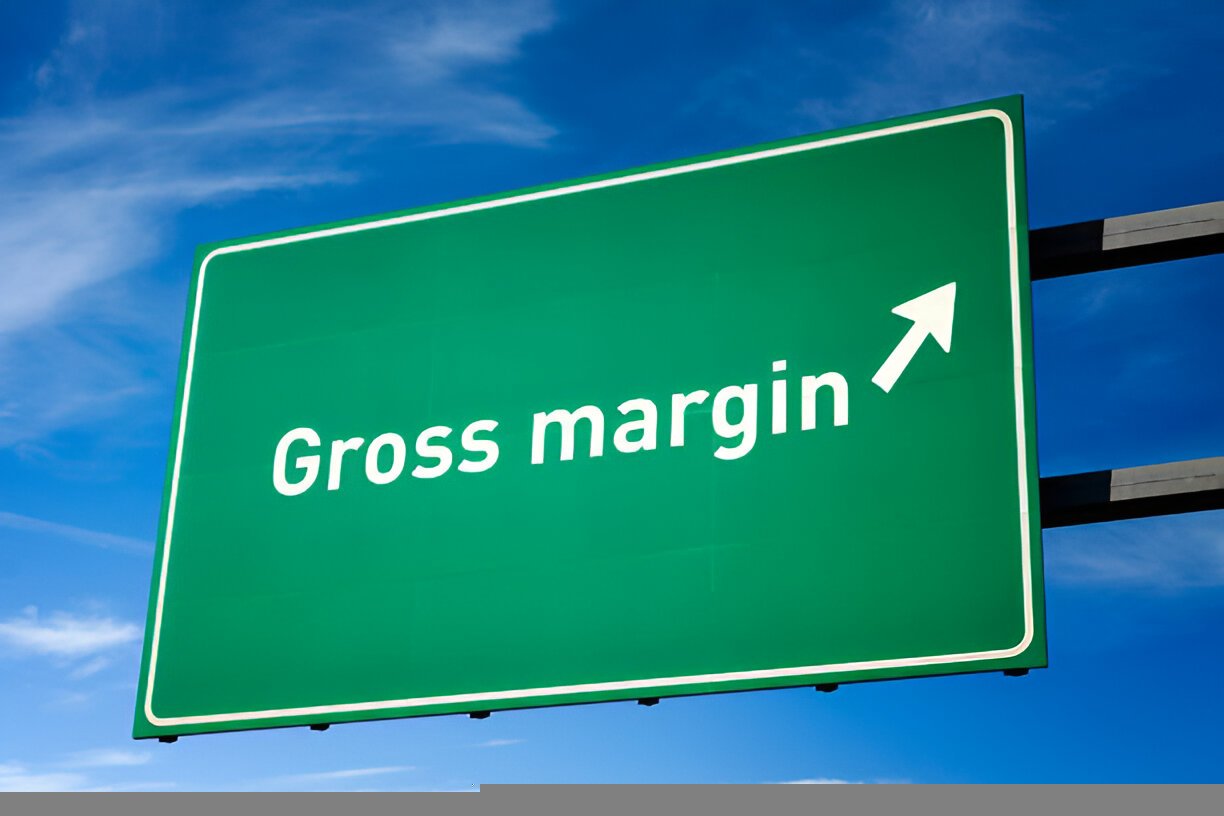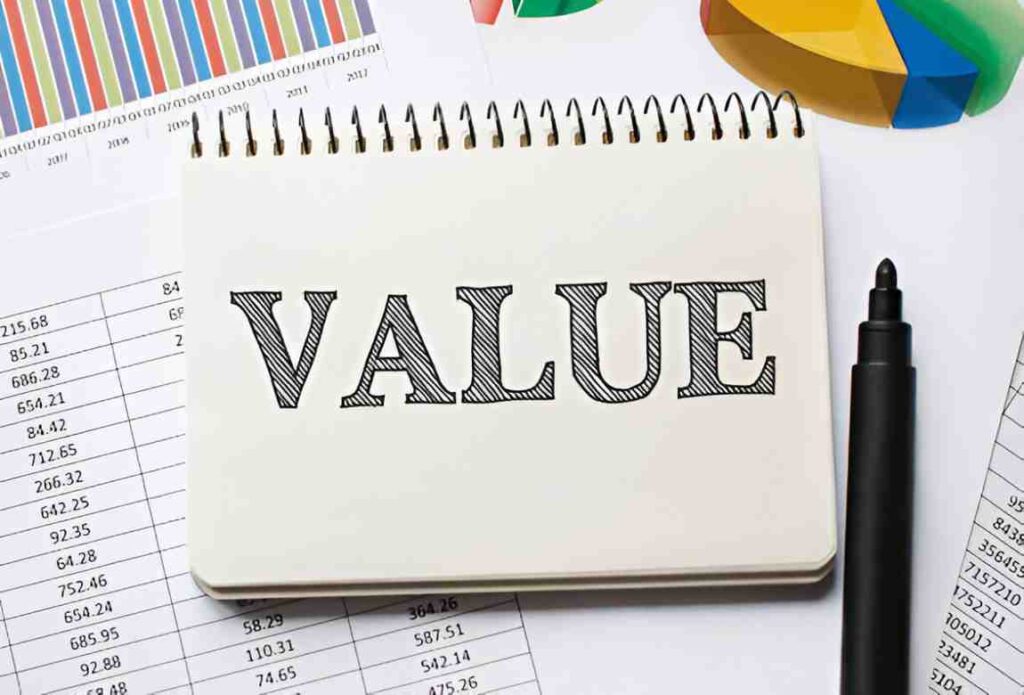Profitability sits at the heart of every successful business, and one of the most telling indicators of financial health is gross margin. As someone who has spent years analyzing financial statements, I know that gross margin isn’t just a number—it’s a reflection of efficiency, pricing power, and operational strength. In this deep dive, I’ll unpack what gross margin truly means, how to calculate it, and why it matters for businesses of all sizes.
Table of Contents
What Is Gross Margin?
Gross margin represents the difference between revenue and the cost of goods sold (COGS), expressed as a percentage of revenue. It tells us how much profit a company makes after accounting for the direct costs tied to production. The formula is straightforward:
\text{Gross Margin} = \left( \frac{\text{Revenue} - \text{COGS}}{\text{Revenue}} \right) \times 100For example, if a company generates $500,000 in revenue and incurs $300,000 in COGS, the gross margin would be:
\text{Gross Margin} = \left( \frac{500,000 - 300,000}{500,000} \right) \times 100 = 40\%A 40% gross margin means that for every dollar earned, $0.40 remains after covering production costs.
Why Gross Margin Matters
Gross margin serves as a key profitability benchmark. A high gross margin suggests a business can charge premium prices or produce goods efficiently. A low margin may indicate pricing pressure, rising input costs, or inefficiencies.
Consider two companies in the same industry:
| Company | Revenue | COGS | Gross Margin |
|---|---|---|---|
| A | $1M | $600K | 40% |
| B | $1M | $750K | 25% |
Company A retains more profit per dollar of sales, giving it flexibility to invest in growth or withstand economic downturns.
Breaking Down the Components
Revenue: The Starting Point
Revenue is the total income from sales before any deductions. It’s influenced by pricing strategy, sales volume, and market demand.
Cost of Goods Sold (COGS): The Direct Costs
COGS includes expenses directly tied to production:
- Raw materials
- Direct labor
- Manufacturing overhead
For a retailer, COGS is simply the purchase price of inventory sold. For a manufacturer, it’s more complex, involving material, labor, and factory costs.
The Relationship Between Pricing and COGS
Gross margin reflects pricing power. If a business can increase prices without losing customers, gross margin expands. Conversely, if input costs rise but prices stay flat, margins shrink.
Industry-Specific Gross Margins
Gross margins vary widely by sector. Here’s a comparison:
| Industry | Typical Gross Margin | Reason |
|---|---|---|
| Software | 70-90% | Low COGS (digital products) |
| Retail (Grocery) | 20-30% | High competition, thin margins |
| Manufacturing | 30-50% | Material and labor costs |
Understanding industry benchmarks helps assess whether a business performs well relative to peers.
Calculating Gross Margin: Practical Examples
Example 1: Retail Business
A clothing store sells a shirt for $50. The wholesale cost is $30.
\text{Gross Margin} = \left( \frac{50 - 30}{50} \right) \times 100 = 40\%Example 2: Service Business
A consulting firm charges $200/hour. The consultant’s wage is $80/hour.
\text{Gross Margin} = \left( \frac{200 - 80}{200} \right) \times 100 = 60\%Services often have higher margins because COGS is primarily labor.
Improving Gross Margin
1. Increase Prices Strategically
Raising prices boosts margins if demand stays stable. However, excessive hikes may deter customers.
2. Reduce COGS
Negotiate better supplier deals, optimize production, or streamline labor costs.
3. Product Mix Optimization
Selling higher-margin products improves overall profitability. For example, a café makes more profit on coffee than pastries.
Common Misconceptions
Gross Margin vs. Net Margin
Gross margin only accounts for COGS, while net margin includes all expenses (taxes, salaries, rent). A business with a high gross margin but excessive overhead may still lose money.
Gross Margin vs. Markup
Markup is the percentage added to COGS to set the selling price. A 50% markup on a $100 COGS means a $150 sale price, yielding a 33.3% gross margin:
\text{Gross Margin} = \left( \frac{150 - 100}{150} \right) \times 100 = 33.3\%The Impact of Scale on Gross Margin
Economies of scale can reduce COGS. Bulk purchasing or automated production lowers per-unit costs, expanding margins.
Gross Margin in Financial Analysis
Investors scrutinize gross margin trends. A declining margin may signal trouble, while improving margins suggest operational efficiency.
Final Thoughts
Gross margin is more than a financial metric—it’s a lens through which we can evaluate a business’s core profitability. By understanding and optimizing it, companies can strengthen their financial footing and drive sustainable growth. Whether you’re a business owner, investor, or analyst, mastering gross margin provides a clearer picture of where profits truly come from.





